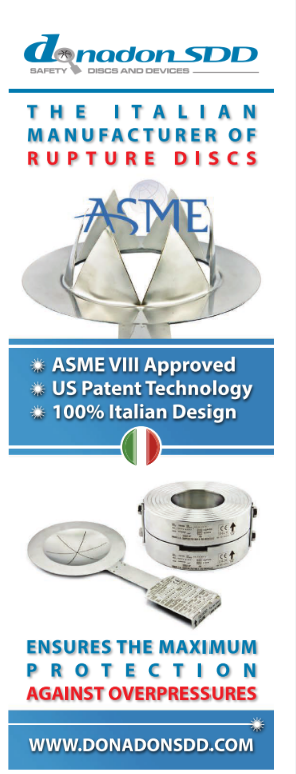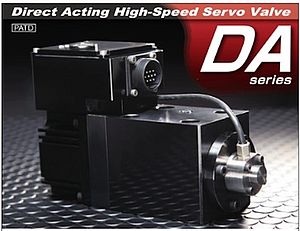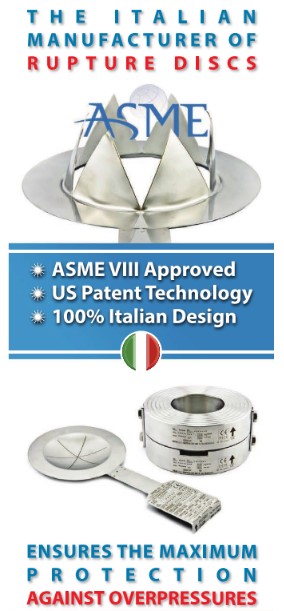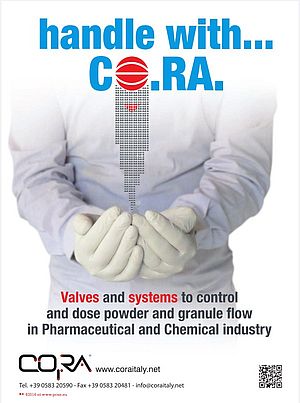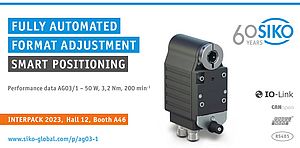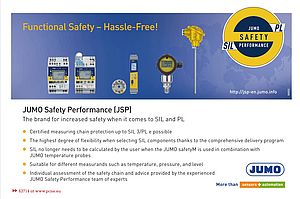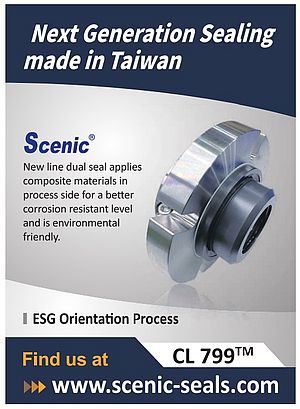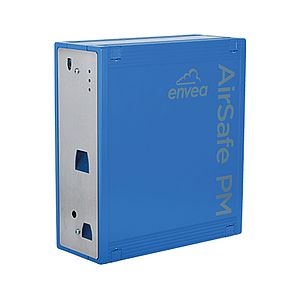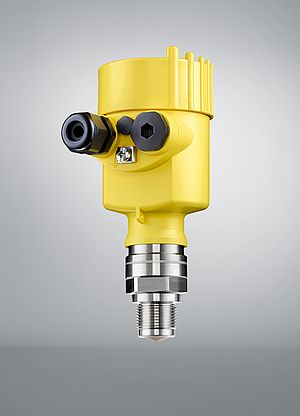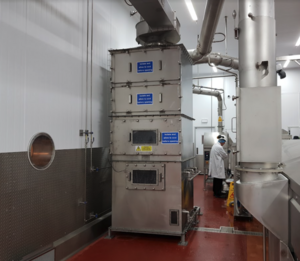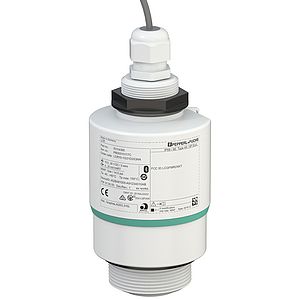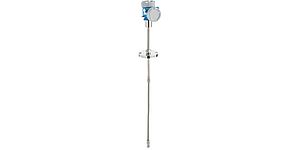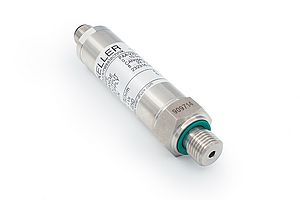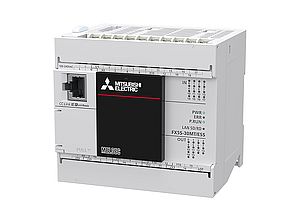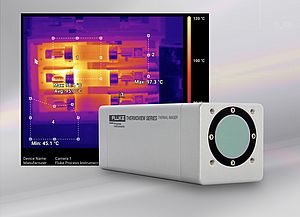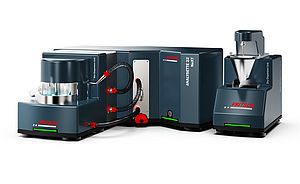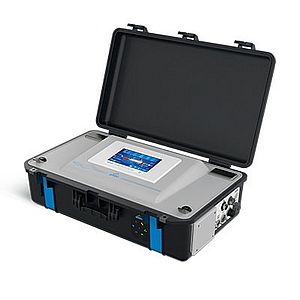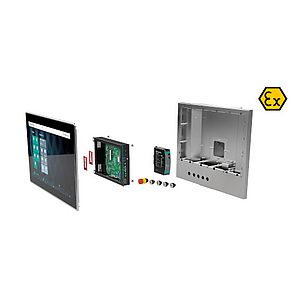The film innovation DUO EX-TRA by the film manufacturer DUO PLAST AG in Lauterbach, Germany, is equipped with the static dissipative polymer Elastostat®. This creates the first stretch film suitable for use in potentially explosive atmospheres. The newly developed film avoids the ignition source electrostatics. Thus, stretched pallet units no longer pose an explosion hazard.
Conventional stretch films are not approved for explosive areas due to the static charge and pallets must be repacked before entering. The effort involved in unpacking or packing incoming and outgoing goods with conventional stretch film is enormous. Therefore, stretch films with Elastostat® are particularly suitable for companies in the chemical industry and their suppliers, who can be supplied directly to hazardous areas in the future. The packaging delivery process becomes more efficient, sustainability is improved, and costs are reduced. BASF itself is not only a raw material supplier but also a customer and user of the new packaging film.
Fully secure and sustainable packaging
Since 2017, BASF's development team, consisting of packaging consulting, safety engineering, product development and polyurethane sales in Lemfoerde, Germany, had been working to fulfill the long-felt need for a dissipative film. The solution: Elastostat®, a dissipative polymer based on TPU (thermoplastic polyurethane) from BASF Polyurethanes GmbH in Lemfoerde, Germany.
"Combining our additive with the film to increase conductivity was not feasible straight away. We had to both achieve the required surface resistance and maintain stretchability while at the same time considering the thinness of the film", explains Anja Oltmanns, TPU sales, BASF.
The film is color-coded with red flashes. Hence, wrapped pallets can be clearly identified visually and their suitability for the relevant areas can be ensured.
"The blown film produced in cooperation with BASF is unique worldwide as there has been no stretch film on the market before that was approved for hazardous areas. Thus, the film can be used for packaging conductive containers in contact with earth in potentially explosive atmospheres (zones 1 and 2). Removal of the foil is also permitted in the aforementioned zones", says Nina Schnitzler, Key Account Manager at DUO PLAST AG.















